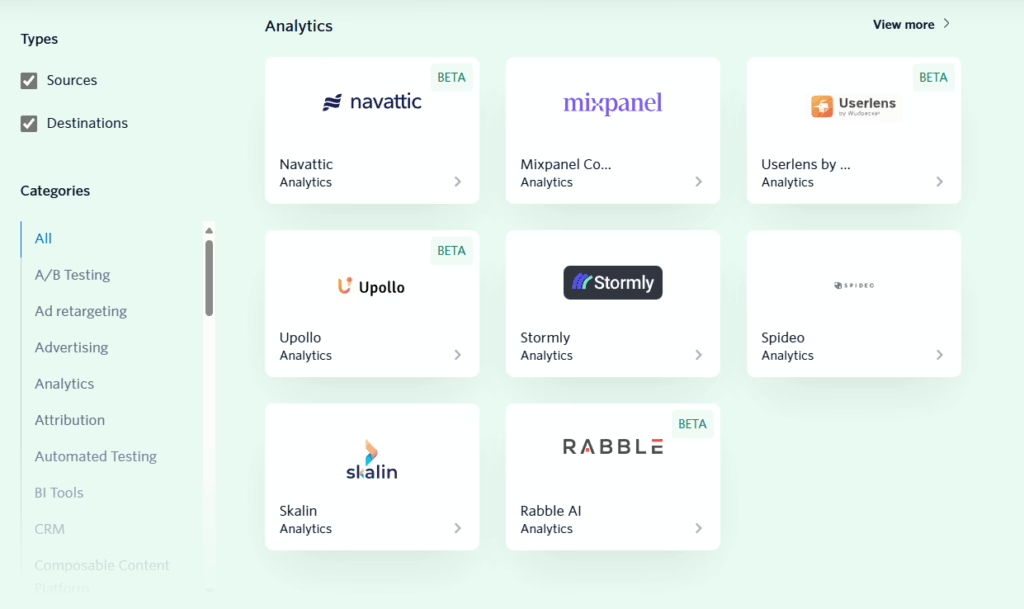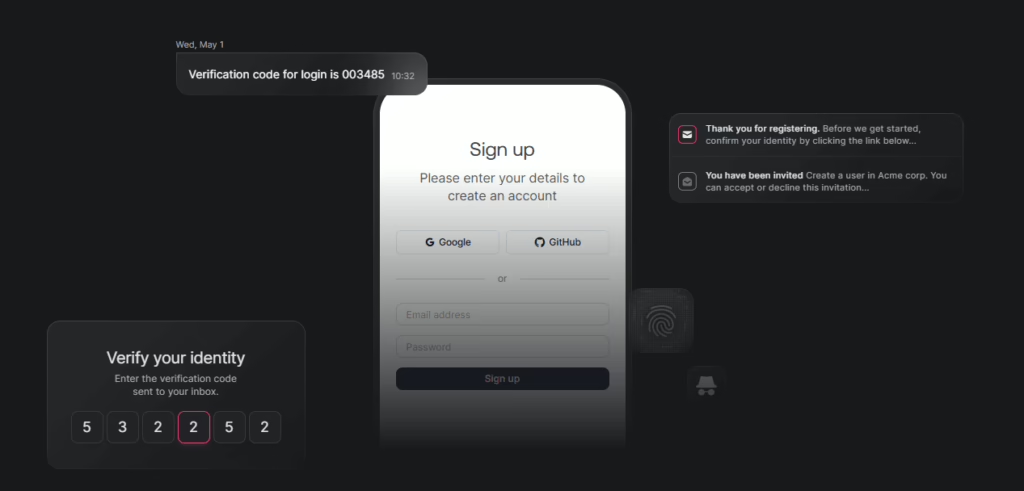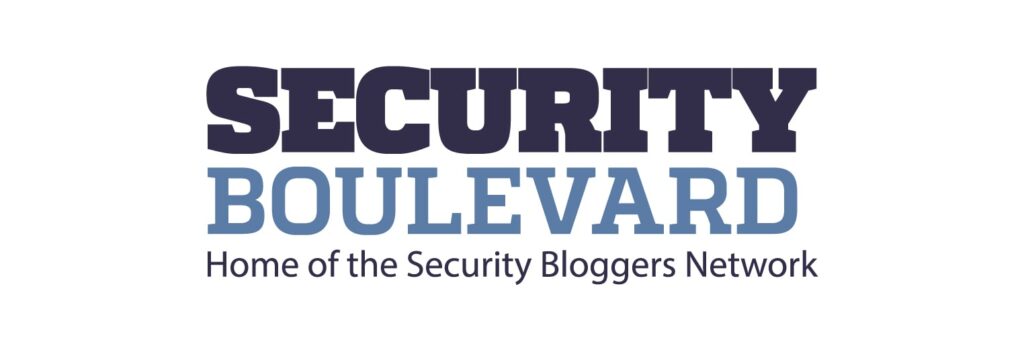Every chart, conversion rate, and revenue projection you share with leadership rests on the quiet assumption that the underlying data is real. When logins are sloppy — shared passwords, stale user roles, or token leaks — bad actors and well-meaning teammates alike can pollute records in seconds. Suddenly the ad set that looked profitable last week is overstated, and the nurturing funnel that seemed sluggish is actually healthy. A secure login strategy acts as the bouncer at the door, filtering who can touch what and leaving you with numbers you can defend—just as the OWASP Top 10 reminds us that robust authentication is the first line of defense against data-polluting attacks.
Accuracy is not a one-time setting; it is an ongoing relationship between identity and data. With strong authentication in place, each event you track links back to a verified human and an approved device. That link keeps attribution intact, keeps bots out of engagement metrics, and prevents compliance headaches that derail campaigns. In the next sections we will unpack how secure login works behind the scenes and why it is quickly becoming the backbone of credible marketing analytics.
Why Data Integrity Starts at the Door
Marketers often talk about “garbage in, garbage out,” yet the garbage usually creeps in long before an ETL job runs. It begins when an unverified user grabs a free trial link and fires test traffic through your production pixel, or when a contractor who left last quarter still has API keys rolling. Secure login that requires device verification and expiring sessions blocks these silent distortions. Because every click, pageview, and custom event is tied to a validated identity, anomalies stick out faster, letting you quarantine suspect data before it poisons weekly numbers.

More importantly, identity-first telemetry unlocks granular filtering. Imagine looking at your funnel and filtering visits not just by UTM source but by “audited user.” When cleanup time arrives, you can exclude the tinkering your growth team did on Friday afternoon without second-guessing the rest of the cohort. That clarity turns post-mortems from guesswork into confident adjustments, a benefit that earns quick trust from finance and product teams.
The Hidden Cost of a Shared Password Culture
Shared logins feel harmless when the goal is speed: let an intern pull yesterday’s click-through report while you are in meetings. Yet once multiple people post content or toggle campaign settings under one email, dashboard accuracy drops in subtle ways. Audit logs merge distinct actions into a single blob, leaving you unable to trace which tweak triggered a spike. Worse, attribution models that weigh user touchpoints suddenly misfire because they cannot separate a genuine customer journey from an internal test click.

Deploying single-sign-on and revoking generic credentials fixes more than security; it repairs the story your data tells. An easy first step is to introduce email-based magic-link authentication, which eliminates shared passwords while preserving a friction-free login for the marketing team. Each user now has a fingerprint inside the analytics pipeline, so you can sideline internal activity with a filter. If your tool lacks native SSO, lightweight plugins such as secure connectors add identity gates with minimal code, saving budget while restoring confidence in reports.
How Secure Login Tightens Source Attribution
Attribution is only as strong as the cookies, headers, and IDs that survive across sessions. When unverified scripts scrape forms or trigger pixels, they inflate sources that should be minor. Secure login raises the wall: bots fail MFA checkpoints and cannot spoof valid refresh tokens. That means referral counts shrink to reflect humans, and last-click wins become meaningful again. In our own tests we watched a social spend dashboard swing by nine percent simply by blocking automated logins that hammered the share button.
Tighter attribution helps with channel budgeting, but it also sharpens your marketing reports that circulate upstairs. Finance can map dollars to acquisition paths without caveats, and sales can trust lead-quality scores because the underlying engagement events come from authenticated sessions. As a side effect, you cut time spent reconciling CRM notes with analytics exports—an invisible productivity win that compounds every quarter.
Real-Time Access Control and Its Impact on Freshness
Nothing dates a dashboard faster than waiting for IT to revoke a departing employee’s access. While permissions linger, ex-staff may poke around out of curiosity, triggering events that skew real-time widgets. Modern identity platforms push de-provisioning to the millisecond: once HR toggles “inactive,” the token cache rejects requests instantly. Your real-time dashboard stays clean, and nightly aggregates no longer hide yesterday’s unauthorized edits.
Speedy withdrawal also reduces the temptation to “clean things up later.” When marketers know the access graph updates immediately, they are more likely to test in sandboxes rather than production. Over time that habit preserves the freshness of marketing KPIs, turning what used to be monthly cleanup into a rare exception.
Bridging Compliance and Insight
Regulations like GDPR and CCPA force you to track who touched personal data, when, and for what purpose. Secure login with audit trails satisfies auditors and simultaneously builds a richer dataset for segmentation. If a user consents to email but not retargeting, identity mapping lets you honor that preference in every pipeline. Your dashboard filters then mirror legal reality: you can slice performance by consent state without awkward Excel workarounds.
Compliance modes often feel like a reporting tax, yet they can reveal high-intent subsets once identity is stable. By cross-checking consent logs with purchase data, for instance, you may discover that customers who opt into SMS convert 20 % faster than the average lead. Insight like that is impossible if your login layer is porous, because duplicate or phantom profiles blur the picture.
Choosing the Right Authentication Stack
Not all secure login solutions weigh the dashboard equation equally. Traditional username-password plus email verification helps, but it still invites credential stuffing that mimics real visits. Device-bound passkeys and WebAuthn provide stronger certainty: they bind events to hardware you trust, stripping out the noise of stolen logins. Cloud IDaaS vendors bundle these features, while open-source suites let startups self-host for fine-grained control.

When selecting a stack, test how identity metadata flows into your analytics warehouse. Some providers expose user traits over REST, others inject them as headers your tracking library can read. The smoother that hand-off, the faster you can enrich dashboards without patch scripts that break on update days. A brief proof-of-concept before full rollout pays dividends here, sparing you weeks of retro-fitting once campaigns are live.
Rolling Out Secure Login Without Killing Velocity
Marketers fear that stronger authentication slows experimentation. That fear is valid if your rollout forgets non-production environments. To fix it, match the permissions: use the same MFA for staging, but let local builds use passwordless magic links. That way, your team can work smoothly, and production stays secure. Training also matters; a ten-minute screen share showing how to request role changes beats a 40-page policy doc every time.
Communication around wins is equally powerful. Share early snapshots inside Slack: “After enabling device MFA last week, bot traffic on the signup goal line dropped 13 %. We just saved $480 in paid bids.” Such micro-stories turn login security from an IT mandate into a marketing asset. After a few months, the culture shift takes hold, and speed goes up—not down—because people stop arguing over data.
Measuring the Before and After
You cannot claim accuracy gains without a baseline. Before tightening logins, capture metrics like funnel variance, bot detection rates, and manual data-cleanup hours. After rollout, track the same fields for at least one full cycle. Most teams see immediate drops in suspicious sessions and a gradual decline in time spent “fixing dashboard oddities.” One agency recorded a 25-hour monthly reduction in reconciliation work, freeing analysts to build predictive models instead.
External benchmarks help sell the story. Identity providers publish case studies, but running your own A/B on authentication strength cements credibility. Split traffic so half the invites get legacy login and half get MFA. Compare churn-adjusted lifetime value after 60 days. If users with MFA have more stable tracking and fewer refunds, it shows that secure login isn’t just safer—it also helps you earn more. Tools like multi-factor authentication make such experiments easy to configure without re-architecting the whole funnel.
From Security to Strategy
When secure login shifts from a defensive measure to a core data practice, it shapes every campaign decision you make. Your dashboards stop getting messed up by fake clicks or ghost users, so budget changes feel smarter, not like guesses. That clarity spreads: finance trusts the numbers, product trusts the data, and leadership sees how spending leads to growth. Simply put, better login means cleaner data.
Over time those cleaner metrics open doors you could not push before. Cohort models built on verified identities let you personalize offers without risking spam flags or regulatory fines. Forecasts tighten because churn signals are not muddied by bot noise, helping you plan inventory or content calendars with less padding. Even customer success teams notice the lift, since accurate touchpoint histories make root-cause analysis faster. The end result is a cycle where security fuels insight, insight fuels action, and each win makes the case for even smarter identity investments.
About the author :
Stewart Gauld is a B2B content strategist who develops clear, actionable articles for tech businesses. He loves simplifying complex topics for readers
*** This is a Security Bloggers Network syndicated blog from MojoAuth – Go Passwordless authored by Diksha Pooniya. Read the original post at: https://mojoauth.com/blog/how-secure-login-enhances-the-accuracy-of-your-marketing-dashboards/


